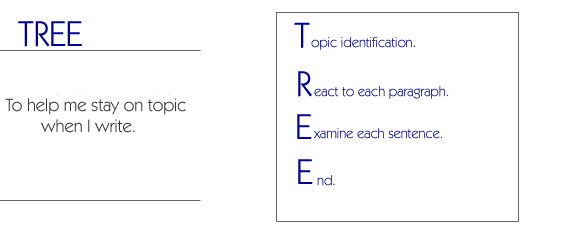T
opic identification.
- Clearly identify the topic of the paper
you are writing. Make sure that your title clearly reflects
this topic.
- If you are selecting a topic for a
paper, make sure that it is a topic that is wide enough to get
enough information or that it is not too wide so that there
will be too much information.
- If you are given a topic on which to
write, make sure that you understand it. If not, ask the teacher
to fully explain it.
|
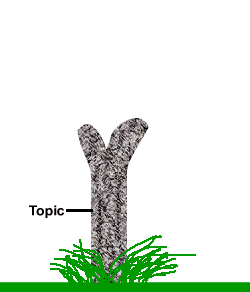 |
R
eact to each paragraph.
- Analyze each paragraph of the paper
in relation to the topic. Either do this as you write the paper,
or do it after you have written the paper.
- Ask yourself why this paragraph is
included in the paper and how the paper would be without this
paragraph.
- If a paragraph does not seem to be
related to the topic of the paper, either drop it or change
the content so it more closely matches the topic.
|
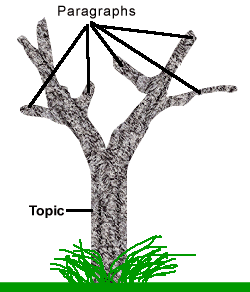 |
E
xamine each sentence in each paragraph.
- As you write each paragraph or after you have written a paragraph,
read it and ask yourself if each sentence is related to the
topic sentence of the paragraph.
- If a sentence does not seem to be related to the topic of
the paragraph, either drop it or try to change it so that it
is related to the topic.
|
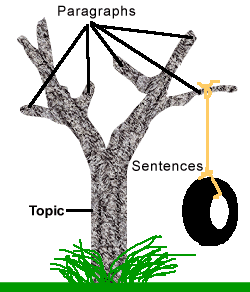 |
E
nd.
- Write a concluding paragraph or read
the one that you have already written, and ask yourself if it
summarizes the main ideas of the paper or comes to a conclusion
based on the information presented in the paper.
- Make sure that you do not introduce
any new information that has not been covered before.
- If the ending includes information
that is not relevant, drop it or change it to make it relevant.
|
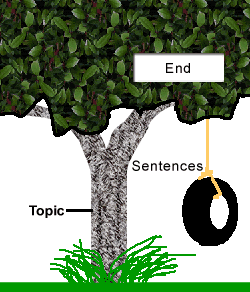 |

